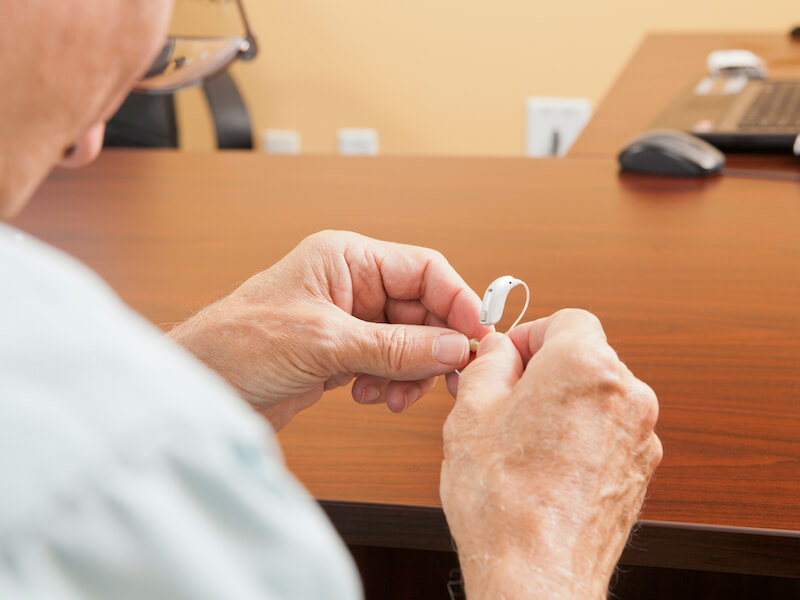
You go out of your way to ensure your hearing aids are well taken care of. When you go to bed, you always put them snuggly on the charger and you clean them daily.
But you get pretty distressed when your hearing aids abruptly stop working the way they did once. There are a few things you can do to diagnose the issue, luckily. Not doing any further damage is your number one priority so you won’t have to replace them.
Hearing aid troubleshooting
You kept the owner’s manual that came with your shiny new hearing aids, right? You’ll want to take it out so you can utilize it for troubleshooting and, potentially, maintenance. Every model of hearing aid can be rather different so it’s important to follow the manual’s recommendations.
Here are some things you can check on most models:
- Keep your microphone clear: Look for anything blocking the microphone of your hearing aid. Your hearing aid might feedback or merely fail to work if the microphone is obstructed.
- Check for noticeable damage: Do you observe any visible cracks or loose components around the shell of your hearing aid? Cracks, clearly, could indicate more significant damage (or let in moisture).
- Wax buildup: Perform a visual inspection of your hearing aid to make sure that there’s no wax buildup interfering with basic functionality. Even if you undertake routine cleaning, sometimes wax can build up quickly, so it’s worth checking this off your list.
- Check your battery: Even if you know your hearing aids spent the night on the charger, you’ll want to double-check the battery power. It may be a good plan to check if you may need new batteries or if the old ones are properly inserted, especially if your batteries are replaceable.
Once again you can discover how to deal with each of these issues by consulting your owner’s manual. In some cases, you may be able to perform maintenance yourself.
When does my hearing aid need repair?
If your hearing aid keeps malfunctioning after you’ve performed basic upkeep and troubleshooting, it’s likely that your hearing aid will have to be professionally repaired. That might not always sound desirable, after all, you rely on your hearing aid for daily communication (not to mention dinners with your family, staying up to date with your favorite Netflix series, and so on).
It’s definitely worth noting that “repair” doesn’t always translate into “send your hearing aids in for service and wait several weeks”. In some instances, we can repair your hearing aid in office while you wait.
Or, you’ll be able to bring your hearing aids in for professional assistance and get them back in a matter of a few hours (this, obviously, depends on the extent of the damage, all the more reason to get your devices in for repair as soon as possible).
There are still some cases where such quick repair isn’t possible. And in those cases, you might find yourself in need of a backup pair of hearing aids. So if you have an old pair lying around, ask whether they will serve temporarily. We might even be able to loan you a pair while you are waiting.
Don’t wait to get help with your hearing aids
If the audio quality is beginning to falter, it’s essential to get your hearing aids checked and repaired.
Any degree of downtime should be avoided. Untreated hearing loss can affect your general health, including your mental health. And it becomes all too easy to leave your hearing aids laying in a drawer somewhere while your hearing continues to decline.
Keeping those hearing aids in good working order is the secret to keeping your hearing healthy. Keeping them charged, clean, and when needed, professionally repaired is the best way to do that.